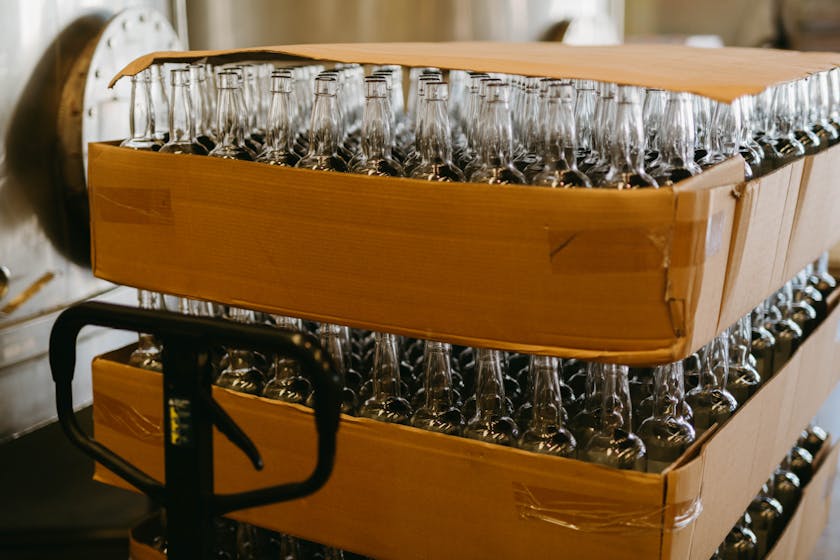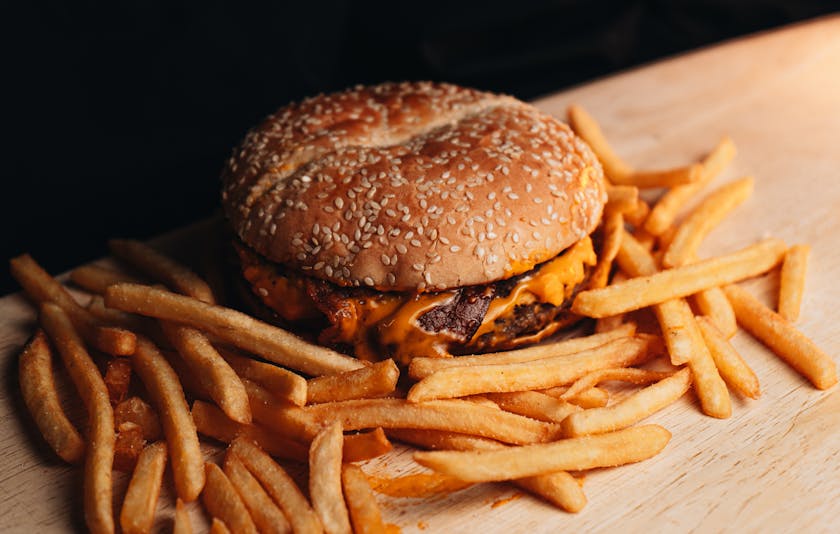When considering bulk meal storage for emergency preparedness, the concept of once-a-month cooking can be a game-changer. Not only does it save time and money, but it also ensures that you have a variety of meals ready at a moment’s notice should an emergency arise.
The Basics of Bulk Meal Storage for Emergency Situations
Emergency preparedness is all about planning ahead, and bulk meal storage is a crucial component of that plan. By dedicating one day a month to cooking and properly storing a variety of meals, you can build a reliable food reserve that can last for extended periods. This process involves selecting recipes that freeze well, cooking in large quantities, and following food safety guidelines to ensure longevity and freshness.
Selecting the Right Recipes
Start by choosing recipes that are not only nutritious but also freeze well. Casseroles, soups, stews, and marinated meats are great options. It’s important to remember that some ingredients, like dairy products or dishes with high moisture content, may not freeze as well or could alter in texture.
Prepping for Your Cooking Day
Preparation is key. Before your cooking day, ensure you have all the necessary ingredients, containers, and storage space. Label your containers with the date and meal contents. Investing in quality, airtight containers will keep your meals fresh and prevent freezer burn.
Cooking in Bulk
Once-a-month cooking can be a large undertaking, but with organization, it becomes manageable. Consider cooking similar recipes simultaneously to save time. For example, if multiple recipes call for ground beef, cook it all at once and then divide it among the dishes.
Proper Freezing Techniques
Allow cooked food to cool to room temperature before freezing to prevent the buildup of ice crystals. Cool food rapidly in the refrigerator to maintain food safety. When filling containers, leave a small space to allow for expansion during freezing.
Thawing and Reheating
Plan your meals a few days ahead and move the necessary containers from the freezer to the refrigerator to thaw. To reheat, use the oven or stovetop, and ensure the meal reaches the appropriate temperature before serving.
Inventory Management
Keep an inventory of your stored meals. Use a first-in, first-out system to rotate your food and keep your stock fresh. Regularly check your inventory to replace used meals and to ensure there is no freezer burn or spoilage.
By mastering bulk meal storage through once-a-month cooking, you’ll not only have a variety of meals at your disposal, but you’ll also have peace of mind knowing that you’re prepared for any emergency situation. Keep your pantry stocked with non-perishable items and water to complement your frozen meals, and you’ll be ready to face any challenge with a well-fed and happy household.



